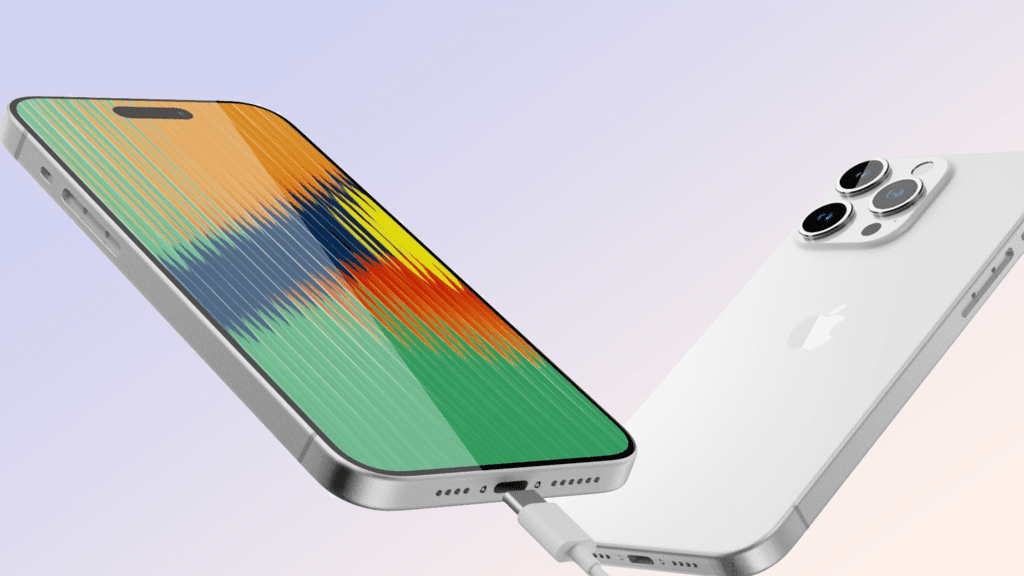Apple Tracks Display Manufacturing Failures with Tiny QR Codes

In accordance with a new report from The Information, the Cupertino-based tech firm uses QR codes to track defective screens. Notably, the company engraves the smartphone displays with tiny QR codes. It helps the company get an idea of the number of defective screens thrown away by suppliers.
According to the available information, the size of one barcode is equivalent to a grain of sand. It can only be observed with a piece of dedicated equipment. Another QR code can be found inside the display along the bezel. Notably, the company has spent millions on the development of the barcode process. Apple also heavily invested in the installation of laser scanning equipment at Lens Technology and Biel Crystal. These are the two manufacturers that manufacture the cover glass for the iPhones.
Apple keeps an eye on the number of glasses produced by Lens and Biel via this system. It also helps the company keep track of the wasted material. According to The Information report, the initial implementation of barcodes revealed that out of 10 cover glass pieces, three were wasted due to manufacturing errors. However, the company has managed to lower it to just one in ten units. Such a strategy has helped the company save hundreds of millions of dollars.
Apple has been using this system since 2020. With the monitoring of the production level and yield rate, Apple is able to identify the company that made the glass along with the date. Long before the display system, barcodes were mostly reserved for metal parts and were employed on other iPhone components to track out flaws or trace the sources of leaks. Furthermore, the report shared by The Information includes details of the complex process that is used by the company to engrave the barcodes on displays.
Research Snipers is currently covering all technology news including Google, Apple, Android, Xiaomi, Huawei, Samsung News, and More. Research Snipers has decade of experience in breaking technology news, covering latest trends in tech news, and recent developments.












